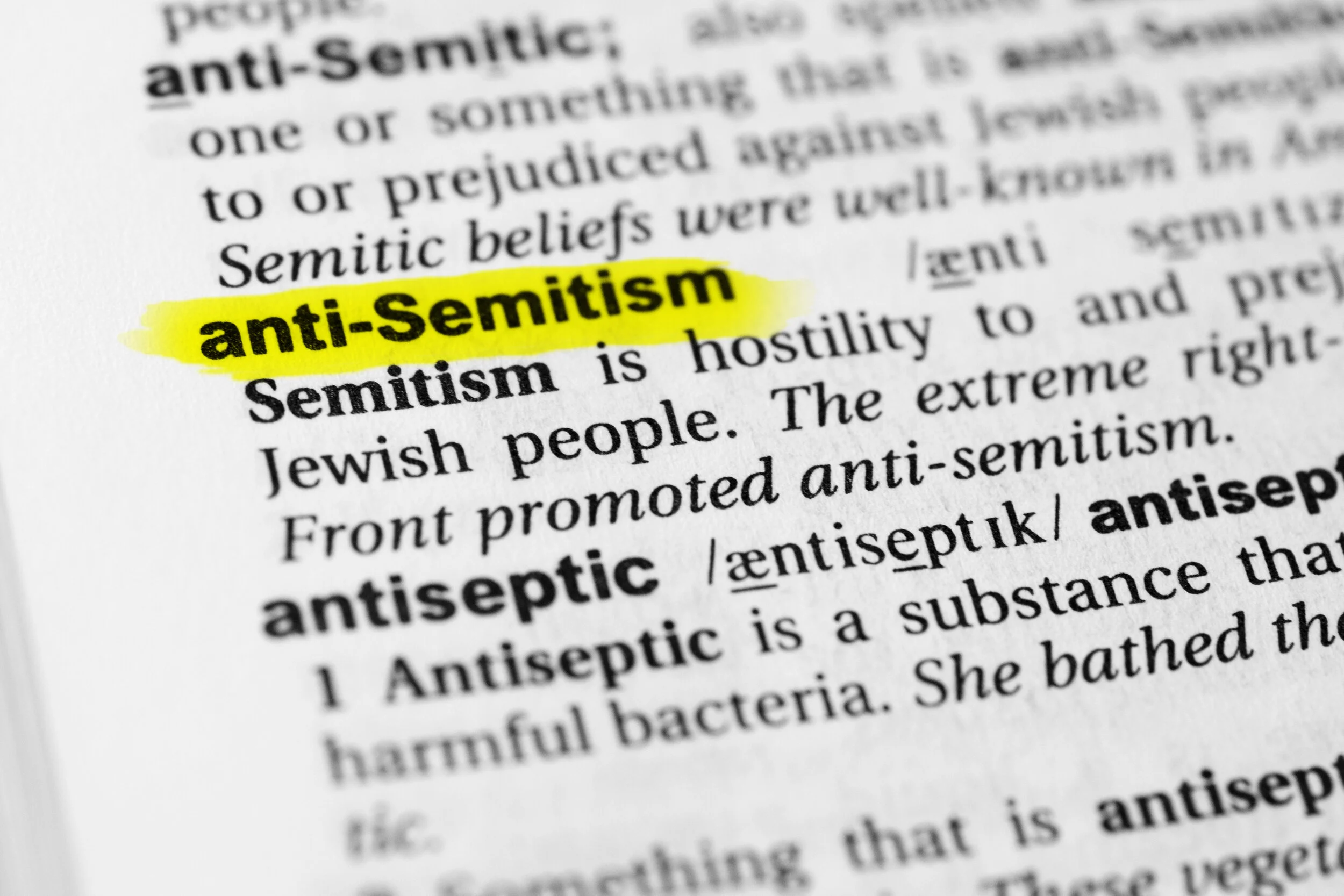Ahad Ha’am, considered the father of “cultural Zionism,” is quoted as saying: “More than Jews have kept Shabbat (Hebrew for “sabbath”), Shabbat has kept the Jews.”
Ha’am’s comment is a recognition of the cohesive power inherent in widely shared group traditions and tribal memories. Call it positive re-enforcement.
But similar sentiments have been expressed about anti-Semitism’s influence on Jews. In short, do communal fears over anti-Semitism also keep Jews connected to this day? After all, the enemy of my enemy is my friend — even if I utterly reject my newfound ally’s particular expression of Jewish religion, politics or lifestyle. Call it negative re-enforcement, if you will, but fear of persecution, and certainly death, is a powerful motivator of group cooperation.
Switching lanes now, here’s a journalistic question about anti-Semitism. Does giving anti-Semitism extensive coverage — warranted though it may be — prompt more anti-Semites to act out publicly? Does publicity embolden and thus spark potential copycat anti-Semitism?
I have no doubt that the current global upswing in reported anti-Semitic incidents — some deadly, some just irritating — requires heavy coverage.
Journalists have a responsibility to alert authorities to anti-Semitism’s illegal expression, to warn Jews about the dangers they face, and to try to educate those media consumers who know little about anti-Semitism’s impact and incubators.
This responsibility, of course, extends beyond Jews to cover all groups suffering discrimination or persecution. Hatred of Jews may be, as has been said, the oldest hatred, but all hatred is equally wrong and personally and communally destructive.
As journalists, we don’t just report the news. We help shape it, and civilization, by what we report.







